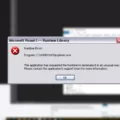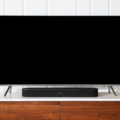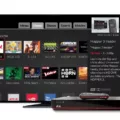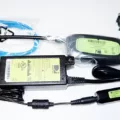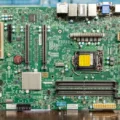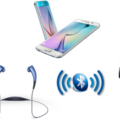DISH Tailgater is a popular portable satellite antenna that can be used to access live television programming while on the go. However, like any other electronic device, the DISH Tailgater can encounter problems that may interfere with its performance. In this article, we will explore some common DISH Tailgater problems and how to troubleshoot them.
One of the most common problems with the DISH Tailgater is poor signal strength. This can be caused by a variety of factors, including the satellite dish being in the wrong position, damaged or malfunctioning equipment, severe weather, or something blocking the dish’s view of the sky. To solve this problem, you should check the position of the satellite dish and make sure it has an unobstructed view of the southern sky. If the equipment is damaged or malfunctioning, you may need to replace it.
Another issue that users may encounter with the DISH Tailgater is difficulty in accessing live programming. While the signal strength can affect the delivery of live programming, it is still possible to access recorded content with a DVR. If you are having trouble accessing live programming, you should check your connection and ensure that your receiver is properly set up and configured.
If you are experiencing problems with your DISH Tailgater, there are several troubleshooting steps you can take to resolve the issue. First, make sure that your equipment is properly set up and configured. Check the position of the satellite dish and ensure that it has an unobstructed view of the southern sky. If the equipment is damaged or malfunctioning, you may need to replace it.
In addition, you should check your connection and ensure that your receiver is properly set up and configured. If you are still having trouble, you may need to contact DISH customer support for further assistance.
The DISH Tailgater is a reliable and convenient way to access live television programming while on the go. However, like any other electronic device, it can encounter problems that may interfere with its performance. By following these troubleshooting steps, you can ensure that your DISH Tailgater is working properly and enjoy uninterrupted access to your favorite programming.
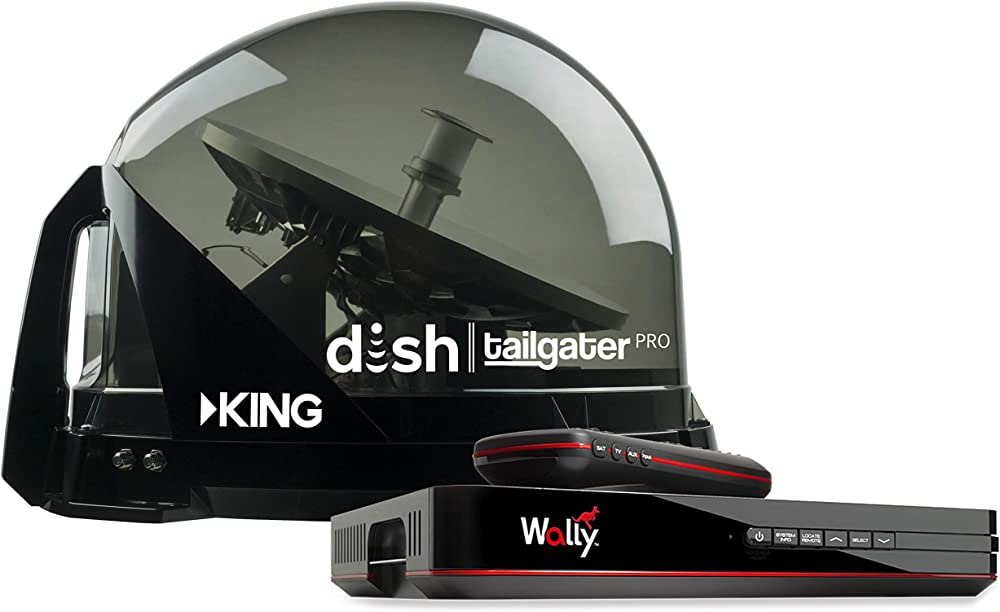
Troubleshooting Loss of Signal on DISH Receivers
The loss of signal in your DISH receiver can be attributed to several factors. One of the most common causes is the misalignment of the satellite dish, which can be a result of strong winds, heavy rains, or snowfall. Damaged or malfunctioning equipment can also be a reason for the signal loss. In addition, something could be blocking the dish’s view of the sky, such as tall trees or buildings. Severe weather conditions can also affect the signal reception, as well as the signal strength. It is important to note that signal strength can impact the delivery of your live programming. However, with a DVR, you can still access pre-recorded content. To troubleshoot the issue, it is recommended to check the alignment of the dish, inspect the equipment for any damage, and ensure that there are no obstacles blocking the dish’s view of the sky.
Does the DISH Tailgater Still Function?
The DISH Tailgater still works. As long as you have a compatible DISH receiver, you can enjoy your favorite programming outdoors or on the go. The Tailgater is a portable satellite antenna that provides access to DISH programming wherever you are. It is designed to work with DISH’s satellite network and can be used to watch live TV, recorded content, and on-demand programming. Some factors that may affect the performance of the Tailgater include weather conditions, obstructions, and the location of the satellite. However, in general, the Tailgater is a reliable and convenient way to enjoy DISH programming outside of your home.
Is the DISH Tailgater Worth the Investment?
The DISH Tailgater is worth it if you are looking for a portable satellite antenna for your RV or outdoor activities. It provides a reliable and high-quality signal for DISH network subscribers, allowing you to enjoy your favorite TV shows and movies while on the go. Its compact and lightweight design makes it easy to install and transport, and it comes with a variety of features, such as automatic satellite acquisition and built-in security features. Additionally, it has received positive reviews from customers who have used it, citing its ease of use and strong signal strength. if you are in need of a portable satellite antenna, the DISH Tailgater is definitely worth considering.
Facing Direction for DISH Tailgater
The DISH Tailgater requires a clear and unobstructed view of the southern sky for optimal signal reception. It is important to position the DISH Tailgater in a location that is free from any kind of obstruction, such as buildings or trees, which could interfere with the signal. To speed up the scan time, it is recommended to point the handle of the DISH Tailgater towards the north. This will ensure that the device is aligned correctly and will help you to receive the signal more quickly. Therefore, it is recommended to place your DISH Tailgater facing towards the southern sky with the handle pointing north for optimal signal reception.
Conclusion
The DISH Tailgater can provide great entertainment options for outdoor enthusiasts or those who are constantly on the move. However, it is important to note that certain problems may arise while using the device. These issues can be caused by a variety of factors such as misaligned satellite dishes, damaged or malfunctioning equipment, severe weather conditions, and obstructions such as trees or buildings. It is important to ensure that the Tailgater is placed in an area with an unobstructed view of the southern sky for optimal signal reception. Despite these challenges, the Tailgater remains a popular and reliable option for those seeking portable and convenient satellite TV access.

